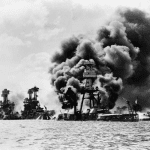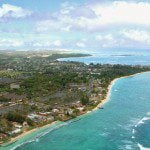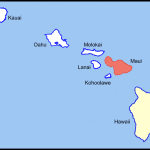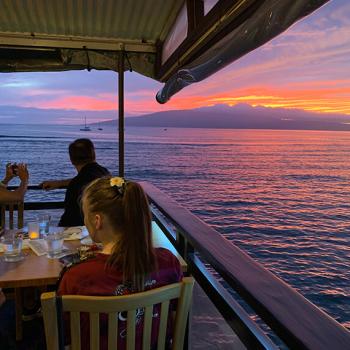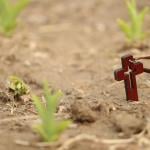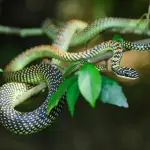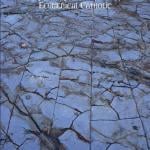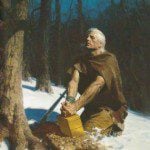
Please make a note of this: Annual FAIR Conference — August 7-8, 2025
Mark your calendars for our FAIR Conference this August at The Barn at Thanksgiving Point in Lehi, Utah! We are thrilled to host a variety of speakers, scholars, and experts who will provide faithful responses to challenging questions. Some of the speakers will include: Come Back Podcast, Adassa, Al Fox Carraway, Matthew Godfrey, Benjamin C. Peterson, Josh Coates, Zach Wright, Matt Christiansen, Dan Peterson [sorry about this one – dcp], Mike Ash, Brad Whitbeck, Brandon Mull, Women of Ward Radio, and more.
Tickets are available now at fairlatterdaysaints.org.

And please make a note of this, as well: October Virtual Conference – Old Testament
Join us this fall for our Virtual Conference on the Old Testament. Stay tuned for speaker announcements and registration details.
Reminder: Intention of paper submissions are due by Tuesday, April 1st!

We spent two hours or three hours on Monday morning in Honolulu’s very interesting Bishop Museum, immersed in exhibits about Polynesian culture and religion. On the way out, I bought a copy of Mary Kawena Pukui, Samuel H. Elbert, and Esther T. Mookini, eds., Place Names of Hawaii, revised and expanded edition (Honolulu: University of Hawaii Press, 1974). I’m not quite sure why I bought it, of course, since, as my anonymous critic Dumb-Dud has astutely observed, I don’t read and I refuse to learn anything. Still, the fact remains that I did buy it.
And, later, while browsing in it, I read the entry for a place called Kawaiku’i, which is located on the Big Island near South Point. This is the place “where Ka-mehameha ordered a kahuna [that is, a native Hawaiian priest] to try to get water (wai); the kahuna pounded (ku’i) the earth to no avail, and he was hanged for his failure.” (98)
Now, Dumb-Dud and some of his associates on the Peterson Obsession Board have been highly indignant over the past couple of days at the reservations that I’ve expressed about declaring such conquerors as Kamehameha and Napoleon “great” because they killed a lot of people and stole a lot of land. My behavior has been termed ugly, despicable, lacking empathy, lazy, racist, white privileged, white colonialist, and demeaning to Hawaiians. Perhaps, they suggest, it merits a reprimand from the leaders of the Church of Jesus Christ of Latter-day Saints.
And surely they’re right! Who else but a lazy, ugly, despicable, unempathetic racist and colonialist could possibly see anything not to admire in a king who not only forced several hundred islanders to fall to their deaths from a tall cliff at the Battle of Nuʻuanu but who also ordered a man to pound water out of dry earth and then hanged that man because the task was completely impossible?
And here’s yet another story about King Kamehameha I that should make it clear that only a morally ugly, lazy, despicable, unempathetic, racist, colonialist, and privileged white man such as I am could possibly have even the slightest reservation about pronouncing the man “great”:
By 1782, Kamehameha I had taken control of western and northern Hawaiʻi island (i.e., the Kona and Kohala districts where we recently spent a few days). Over the eight years, however, he fought a number of inconclusive further battles. And then, after returning from his conquest of Maui in 1790, he was attacked by his cousin Keōua Kuahuʻula, who still controlled the eastern side of the island, over by Hilo. Presumably frustrated, Kamehmeha thereupon returned to the seaside village of Kawaihae, where he had spent some time earlier. There, a respected kahuna or priest suggested the building of a luakini heiau or sacrificial temple as a method of gaining the favor of the war god Kūkaʻilimoku.
The massive temple — see the photograph above — was completed in the summer of 1791. So Kamehameha invited his cousin Keōua Kuahuʻula to come for a visit of the new temple, offering the false promise of a peace treaty. As Keōua Kuahuʻula stepped ashore, he and his entourage were captured and killed. And, with the offering of their bodies, the new temple was officially dedicated.
The, umm, “battle” between Keōua Kuahuʻula and his kindly host Kamehameha the Great has sometimes been called the “Slaughter at Kawaihae.” But why? It’s difficult to imagine how anybody other than a white supremacist could see anything at all reprehensible in it. And yet, weirdly, some sort of healing ceremony was held there in 1991, on the two hundredth anniversary the butchery, by some of the descendants of those who were involved in the event.
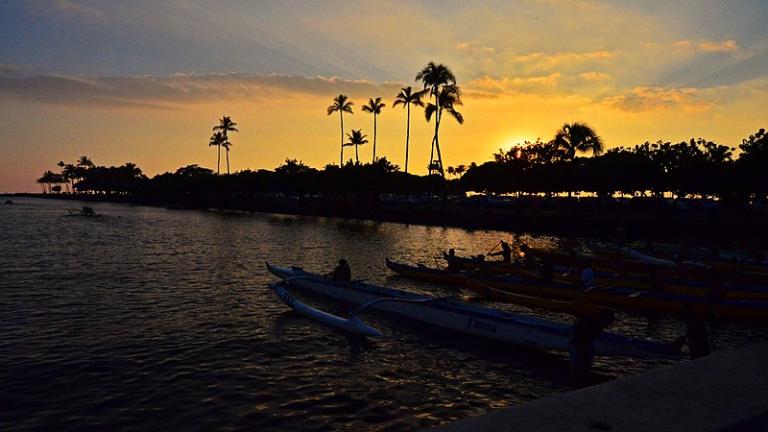
But enough of King Kamehameha the Great. I want to turn, instead, to Mark Twain, and to a quotation from him that I’ve shared here before. Mark Twain was a deeply cynical man, albeit a very, very funny one. But he had an almost reverent love for Hawaii:
“No alien land in all the world has any deep strong charm for me but that one, no other land could so longingly and so beseechingly haunt me, sleeping and walking, through half a lifetime, as that one has done. Other things leave me, but it abides; other things change, but it remains the same. For me its balmy airs are always blowing, its summer seas flashing in the sun; the pulsing of its surfbeat is in my ear, I can see its garlanded crags, its leaping cascades, its plumy palms drowsing by the shore, its remote summits floating like islands above the cloud wrack; I can feel the spirit of its woodland solitudes, I can hear the splash of its brooks; in my nostrils still lives the breath of flowers that perished twenty years ago.”
Posted from Honolulu, Oʻahu, Hawai’i


